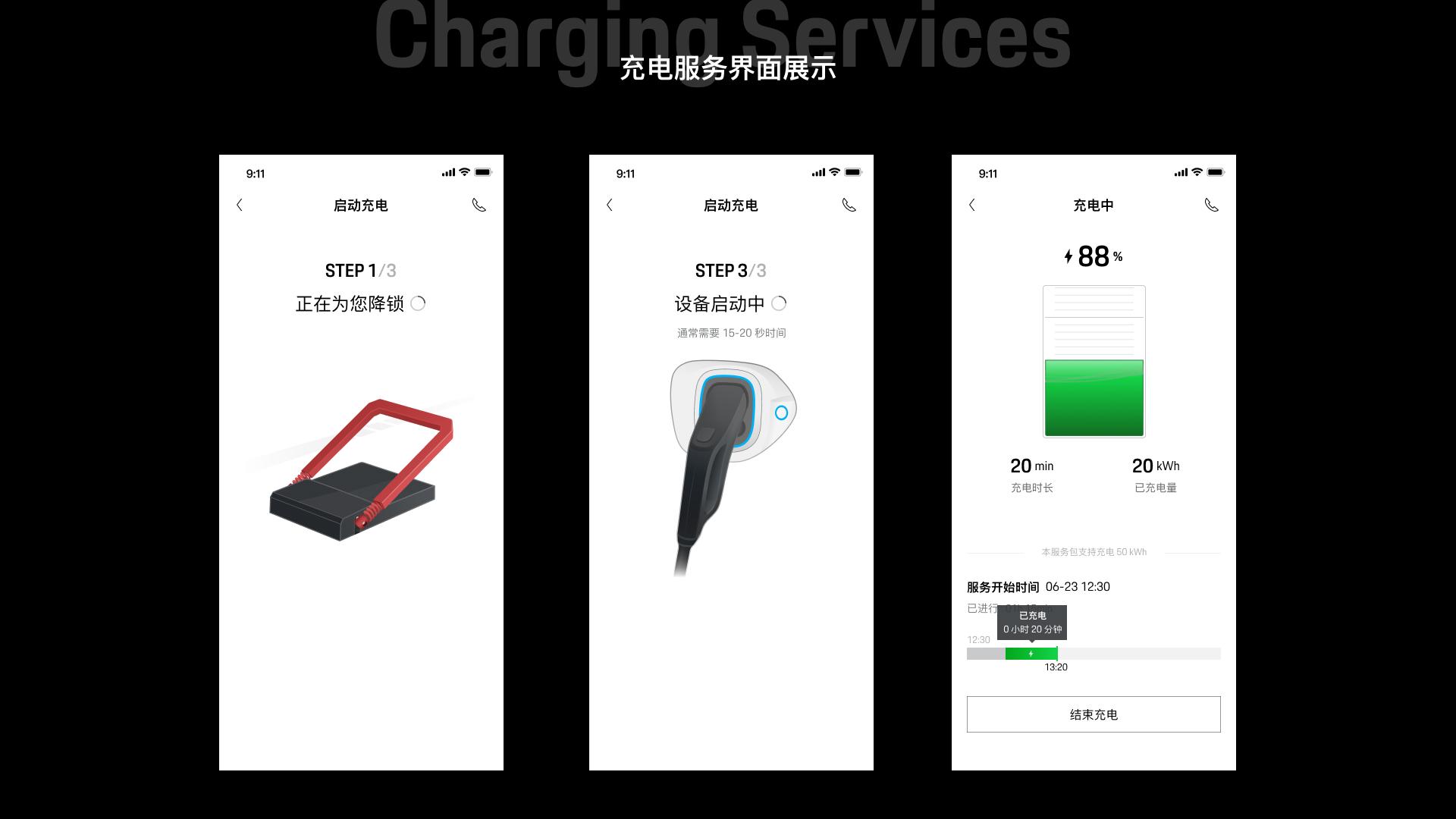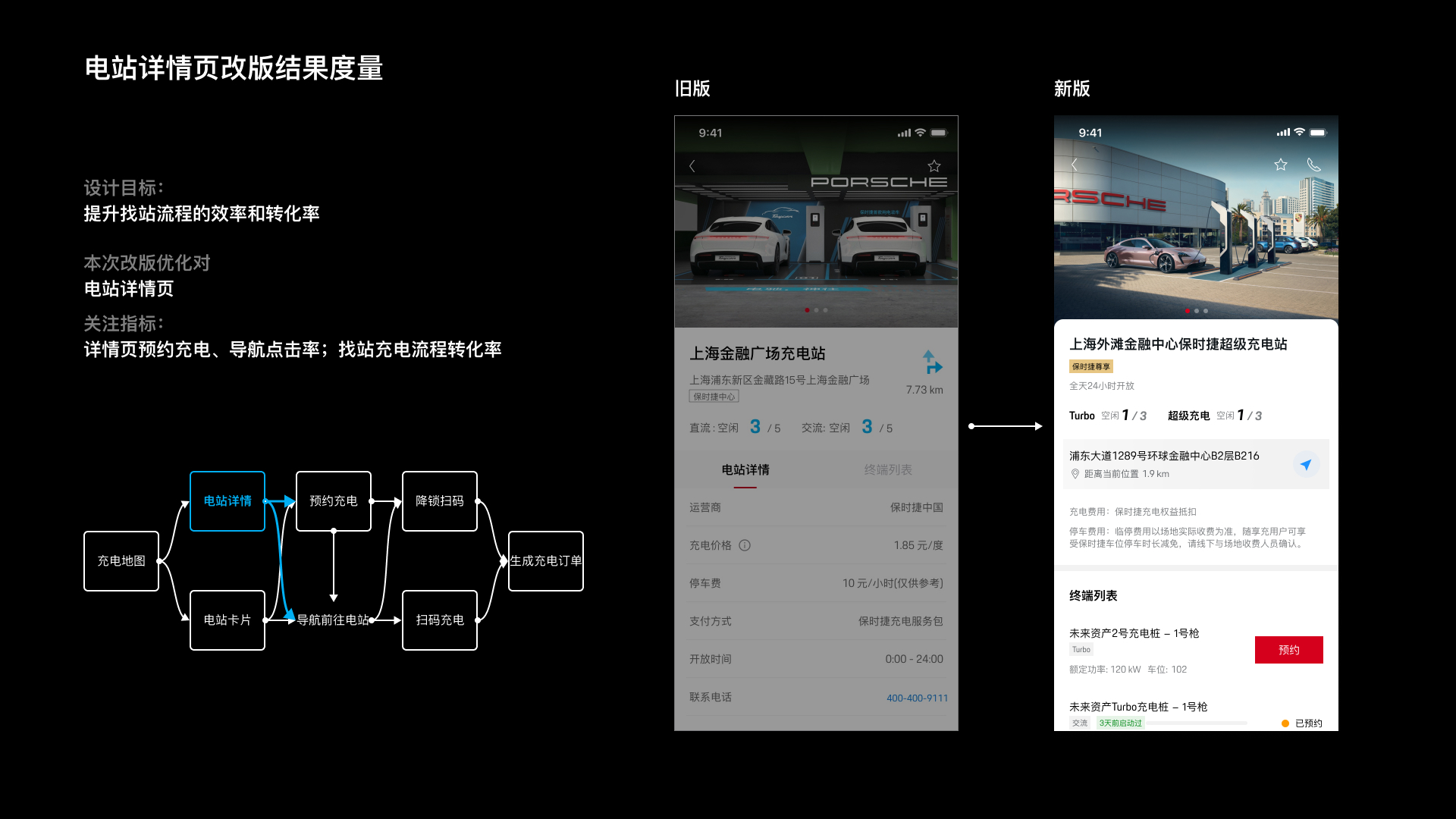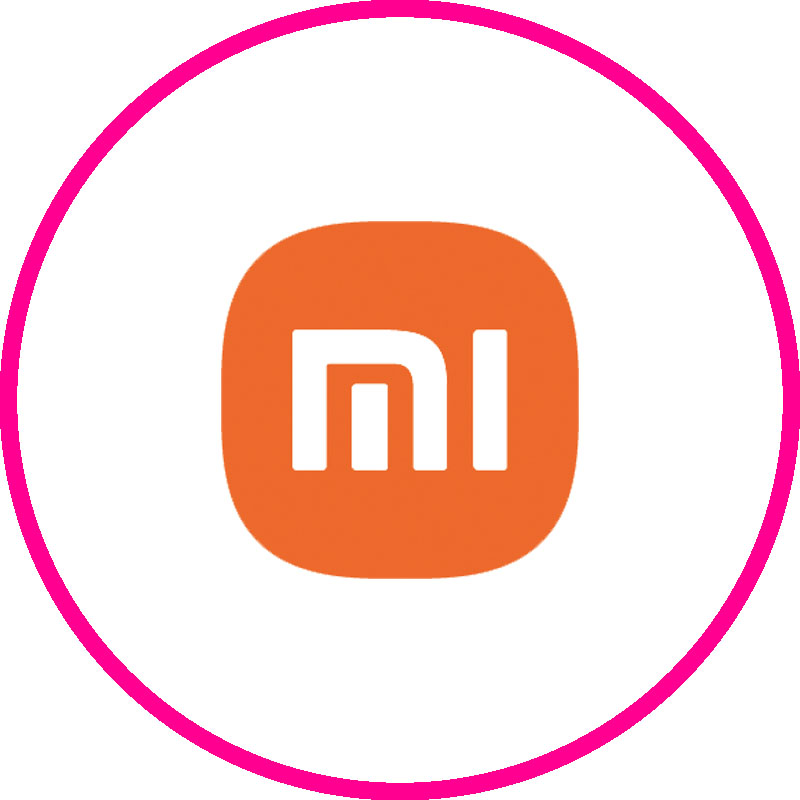-
 Yang Xi
Porsche Digital China
Senior Experience Designer
Yang Xi
Porsche Digital China
Senior Experience Designer
She is currently a senior experience designer at Porsche Digital China, responsible for the experience research and design of Porsche digital products and service, and is committed to exploring how to explore user pain points in complex and changeable user scenarios, so as to empower business development and improve user experience. She used to work in Bilibili E-commerce Division, responsible for large-scale projects such as gamified e-commerce and marketing platforms. Graduated from Shanghai Jiao Tong University and Rochester University of Technology.
Design concept: the pursuit of intellectual aesthetics, and strive to make design empower business development at the same time, but also have a human touch.
How to Measure Experience to Improve Customer Satisfaction of Digital Products for Auto Brand
At present, the technology of intelligent connected vehicles develops rapidly and tends to be homogenized. The development of vehicle digital products that meet the needs of target users has become an important way to attract and acquire users. However, the development process of digital products of traditional automobile enterprises is full of challenges, The industry is also exploring how to measure customer satisfaction in a better and more effective way.
So in this workshop, I will share the user experience measurement methodology that we have developed at the Porsche Digital China, and how we can apply the methodology to Porsche digital products and services.
The core content of the workshop mainly includes:
1、Design metrics and user satisfaction
1.1 User satisfaction with features and content
1.2 What are Design Metrics
1.3 Why Design Metrics
2、Main ways to design metrics
2.1 Quantitative Text
· What problems can data analysis solve
· What quantitative indicators are available for data analysis
· Introduction of data analysis methods
· Precautions for data analysis
· Limitations of data analysis
2.2 Qualitative Chapter
· Subjective indicators of user experience
· Main methods and applicable scenarios of satisfaction survey
3、How to create a reasonable measurement system and optimize products according to different product objectives and product types
3.1 Main process (merged into the following two examples)
· Split complex product structure in scenes
· Define product objectives in different scenarios
· Look for ways to find problems based on target characteristics
· Analyze the problem based on the collected data/feedback
· Develop an action plan
· Verification effect
3.2 Take "My Porsche App" as an example
3.3 The toB product is used as an example
、Workshop introduction: Content summary and thermal field interaction
2、Concept explanation: Design measurement and user satisfaction; The main way to design measurement; How can you create a reasonable measurement system and optimize your product for different product goals and product types
3、Design case: My Porsche App; In-car HMI; For distributors and offline operation of toB products
4、Set up the interactive practice of proposition site
5、Summary and review
1、Junior/Intermediate User Experience Designer
2、Junior Product Manager
1、Understand the existing experience measurement theory and landing methods
2、As an experience designer, how to split scenarios according to business characteristics and product characteristics and establish reasonable measurement methods from the perspective of users
3、How to use measurement results to improve product experience
-
 Porsche owner App interface
Porsche owner App interface
-
 Charging service interface
Charging service interface
-
 Sample data Metrics (station Finding)
Sample data Metrics (station Finding)
-
 Sample data Metrics (station Finding)
Sample data Metrics (station Finding)








